John Steinbeck’s writing captured the California coast more eloquently than any writer previously or since. Steinbeck molded the Golden State into a supporting character in some of his works, most notably in my favorite of his works, Cannery Row.
In Cannery Row, the lead protagonist, Doc, takes a road trip from Monterey south to La Jolla. The trek curls along the state western edge of the state, bordered by the Pacific Ocean.
The advent of interstates introduced more direct routes connecting Northern and Southern California. A Stanford football fan making the trip to see the Cardinal visit USC this weekend could hop on the 5 after driving east from Gilroy and be in Los Angeles less than six hours after leaving their front door.
However, the drive through the desert cannot compare to Doc’s trip by the Pacific. My wife and I took our two sons — our daughter was two years away from birth — on the trip from San Diego County to the Bay for a family reunion in the summer of 2019.
The reunion was our destination, but the drive was our vacation. We spent a night near Pismo Beach, woke up early the next day and visited the Monterey Aquarium. We had lunch on Cannery Row.
Despite being something of a tourist trap these days, I allowed myself to imagine I was on the same streets where Mack and the Boys schemed and that I may have been in a building that was once the Palace Flophouse.
Traversing a more direct would have been more economical, but our destination was secondary to the journey.
Football games between either of the Bay Area universities, Cal and Stanford, and one of the Los Angeles schools have long made me sentimental about California’s own unique piece of Americana, best expressed through Steinbeck’s novels.
I would love to know the author’s reaction to discovering that Los Angeles is now considered the Midwest, and that the Bay Area is part of the Atlantic Coast.
Plenty about the world has changed in the 55 years since Steinbeck died. However, barring a continental shift akin to the rift that broke apart Pangea, basic geography ain’t one of those changes.
OK, so I’m restating the obvious: Geography isn’t a consideration in conference realignment, blah blah blah. That was apparent a decade ago when the Big Ten — at one point in football history known was the Western Conference and the preeminent Midwestern league for decades after — added members along the Atlantic.
Even more indicative of geography’s diminished role in conference maps was the addition of West Virginia to a league made up entirely of universities West of the Mississippi — some of whom had previously belonged to the Southwest Conference.
The round of realignment that sent West Virginia to the Big 12 also caused a rift in several primary rivalries, the Mountaineers’ Backyard Brawl with Pitt among them.
More recent realignment has and will continue to wrought have plenty of negatives to college sports, but complaints that the shifts of the last two years are killing rivalries aren’t quite accurate.
Programs leaving conferences do so with their primary rival coming along: USC heads to the Big Ten with UCLA while Oregon and Washington make the same switch together.
Cal and Stanford head to the ACC as one, Arizona and Arizona State continue to Duel in the Big 12, and Oklahoma and Texas bring the Red River Rivalry to the SEC.
And, in some cases, the new bout of realignment actually restores a couple of history-rich and heated rivalries with Utah rejoining BYU in the Big 12; while Texas and Texas A&M renew hostilities in the SEC.
Yes, Texas has two primary rivalries. I don’t make the rules.
But, a number of secondary but significant rivalries face impending limbo. Oregon and Washington brass continuing their rivalries with Oregon State and Washington State is the right move, but Bedlam between Oklahoma and Oklahoma State has an uncertain future.
So, too, does Stanford-USC. When the Trojans host the Cardinal this week, it marks a swan song until who-knows-when between programs that have played consistently since 1919, and which first met in 1905.
There have been gaps in the Stanford-USC series in the last 104 years — including 1945, the year Cannery Row was published. But since 1946 with the previous year’s conclusion of World War II, it’s been an annual affair.
From 2007 through 2017, this was the definitive rivalry out West. Sure, Oregon and Stanford’s matchups from 2009 through 2015 more frequently determined the Pac-10/12, which one of either the Cardinal or Ducks winning the conference every year in that span; but Stanford and USC had that extra dash of venom that only true rivalry can produce.
I attribute some of that to a combination of USC and Stanford having been the only private universities in the Pac-12, and some to the natural rivalry between Northern and Southern California.
It’s something difficult to describe to those unfamiliar, but somewhere along the road Doc traveled, one passes into another world in a way that almost feels tangible. If you’re traveling from south-to-north, you notice it in the word hella replacing like in the locals’ dialect.
Of course, the real contributing factor starts with the clash between Pete Carroll and Jim Harbaugh. A shoutout is in order to Friend Of The Press Break Michael Castillo and the Reign of Troy podcast: I lagged on putting out this week’s Pac-12 Tuesday in part because Stanford and USC felt too obvious a topic and, besides, the Trojans took up the first two installments of the series.
Pac-12 Tuesday: The Golden Bear Effect - How A Cal Win Over USC Changed Everything
The 108th and hopefully-not-final season of Pac-12 Conference football kicks off this Saturday when USC hosts San Jose State. In recognition of the league’s illustrious lineage and in preparation for an uncertain future, I am dedicating this space each Tuesday throughout the football and basketball seasons to a memorable moment from its history.
Pac-12 Tuesday: The Last Time Florida Went West
When Utah and Florida kick off Thursday in Rice-Eccels Stadium, it will mark the first time in 40 years almost to the day that the Gators last played a regular-season game in the West. Florida’s aversion to venturing beyond the Southeastern Conference footprint became something of a recurring gag by the time the SEC expanded in 2012. In something of a N…
But thanks to one of Michael’s replies, I came to the realization I couldn’t let this week pass without eulogizing the Stanford-USC rivalry. And it is a rivalry.
It’s not the rivalry for either school: Stanford has The Big Game, USC has the Crosstown Showdown and both have Notre Dame. But going back to 1905, there’s just too much history shared, too much mutual significance to shaping the sport.
The aforementioned Harbaugh-Carroll dynamic certainly contributes to that history, beginning with the legendary 2007 upset.
Two years later, another Stanford win in the Coliseum produced one of the most enduring moments indicative of the fall of the Carroll dynasty.
Carroll’s barks of, “What’s your deal?!” as Harbaugh mocked Trojans “runnin’ in!” played out in front of TV cameras; USC yells of a different kind didn’t make air six years later but left quite an imprint on me.
As Christian McCaffrey ran wild in the 2015 Pac-12 Championship Game, ensuring his place among the finalists for the Heisman Trophy a week later, the frustrated curses of Trojans defensive staffers could be heard in the adjacent Levi’s Stadium press box.
USC gained a measure of revenge two years later when the teams met again at the same venue for the Pac-12 Championship. That night culminated in USC’s only conference championship in the last 15 years, and signified an unofficial end to the series as the preeminent rivalry in the West.
However, it’s not just that 10-year span that has made the end of Stanford-USC an occasion worth lamenting. Prior to the 2015 Pac-12 Championship Game, Stanford alum John Elway and USC’s Ronnie Lott were introduced as the Offensive and Defensive Player of the Century in the conference.
Lott contributed to the USC tradition that carried the banner for football out West through multiple generations.
Elway’s remarkable career reflects the pivotal role Stanford played in shaping the game throughout various points in history:
The Father of Football Walter Camp growing the sport he helped build in the East out to the Pacific
The 1940 national championship-winning “Wow Boys” going undefeated with the creation of the T-Formation
Bill Walsh and the evolution of passing offenses
California's Cradle of Coaches Shaped College Football History
·Tucked away in the mountainous part of northeast Los Angeles County is a cluster of smaller universities, renowned for their academics. These are schools known for producing celebrated professionals in a variety of fields — among them former presidents Barack Obama (Occidental) and Richard Nixon (Whittier).
David Shaw and Derek Mason finding the defensive solution to counter 21st Century hyper-tempo offenses
Together, Stanford and USC have written chapters into the annals of football that will remain the definitive descriptions of football’s evolution — not unlike Steinbeck’s enduring descriptions of California.
To that end, perhaps it’s fitting that Steinbeck’s final novel, The Winter of Our Discontent, is set in the East — where both the Trojans and Cardinal head after this season.

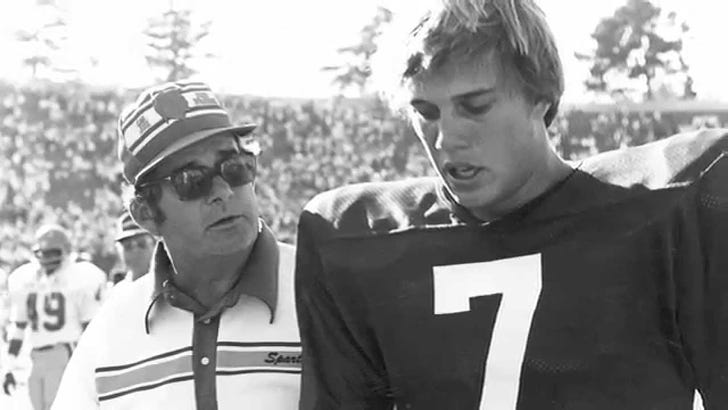


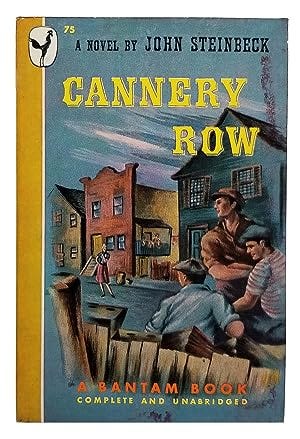
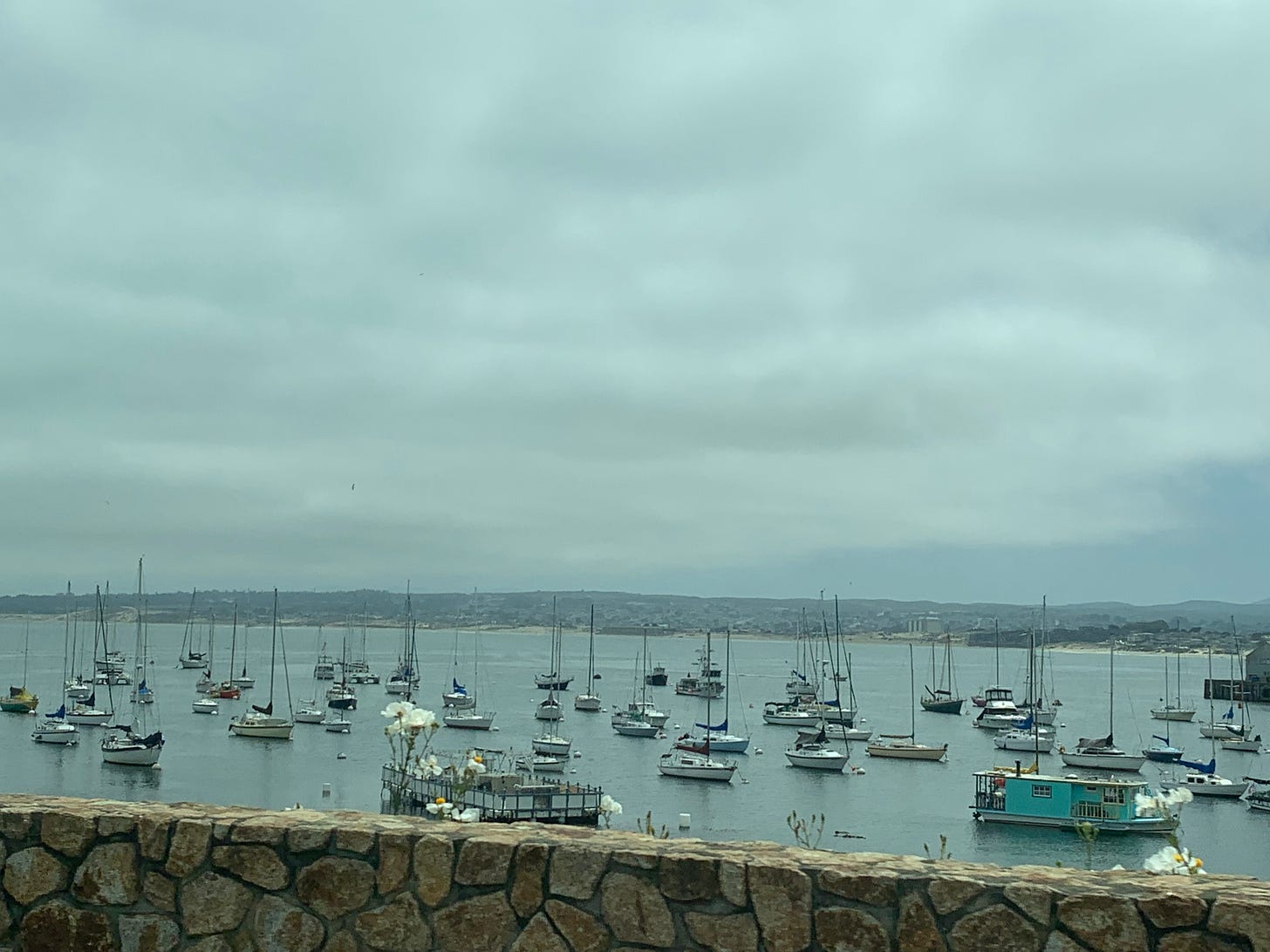
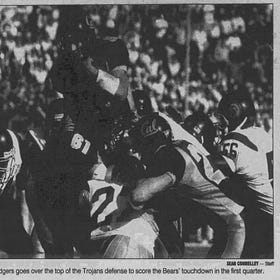
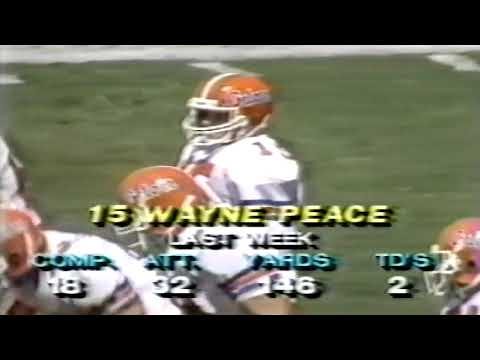
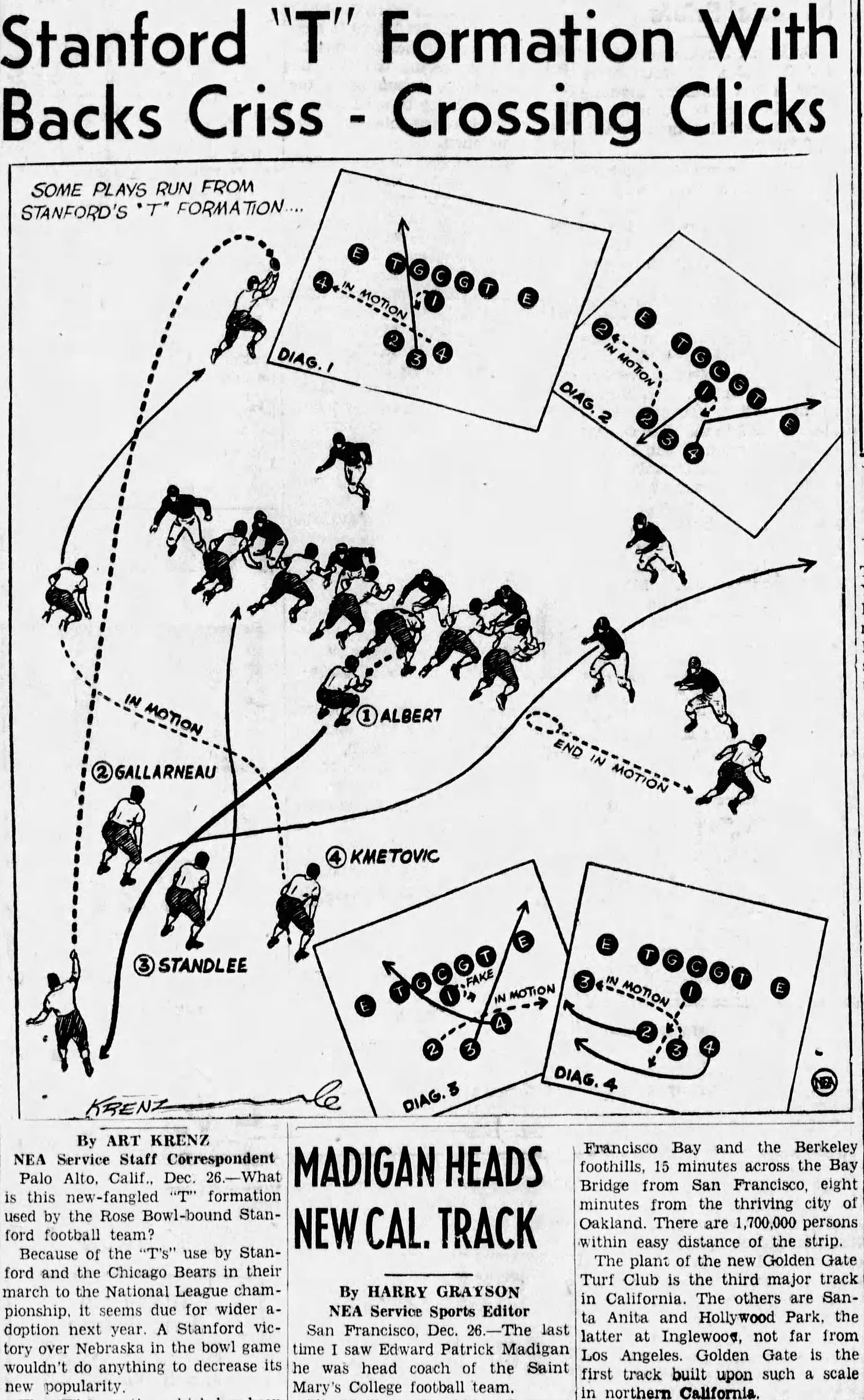
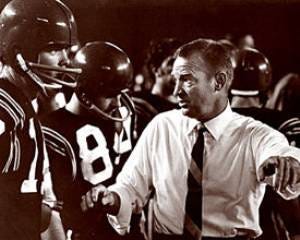
No matter how one tries to reconcile the mass migration of teams to mega conferences and the destruction of the Pac 12, it still reeks of money grubbing stupid. The Bigs (12, 10, SEC) and the All Coasts Conference will have to have divisions with an end of season playoff. They will then divide up the major bowl games. I still am angry at the death of the Southwest Conference (I'm old). The death of the Pac 12 angers me to the nth degree. I will probably pas from this life still wishing for the return of region as l conferences with regional rivalries.